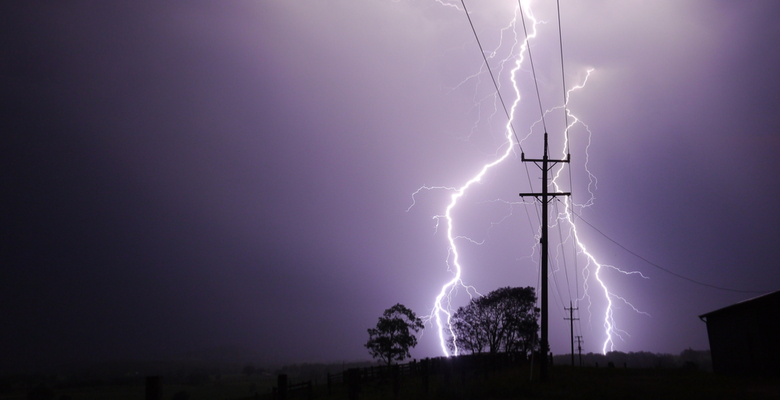Protecting Overhead Lines: Why Transient Faults Matter and How to Minimize Them
See why UK Power Networks deployed the Aclara grid monitoring platform comprised of line sensors and software to fight transient faults

Written by Marketing on October 23, 2018

For residential customers, momentary outages may be just an annoyance, a reason to reprogram the clocks on microwaves and video recording equipment. For commercial and industrial accounts, momentaries are a huge economic drain even though the outages themselves last only a brief period.
More than a decade ago, researchers at the Lawrence Berkeley National Laboratory (Berkley Lab) produced a seminal and still cited paper titled Understanding the Cost of Power Interruptions to U.S. Electricity Consumers. At that time, researchers found outages cost commercial customers some $57 billion in business interruption and other losses. Industrial customers took a $20 billion hit. Residential customers lost only $2 billion. All told, that’s $79 billion in losses, and that was Berkley Lab’s minimum estimate.
But, here’s the piece that should make all utilities take a closer look at momentary outages – those the Berkley Lab’s team defined as lasting 5 minutes or less. According to the laboratory’s report writers, “Costs tend to be driven by the frequency rather than the duration of reliability events.” Among the $79 billion Berkley Lab’s researchers deemed to have been lost to outages, 67 percent – $52 billion – was due to momentaries.
Industry figures estimate that between 75% and 80% of faults are temporary ones – short power interruptions called transient fault outages. Caused by events such as high winds, bird strikes, and tree contact, these outages are tough to find, often taking eight or more tedious manhours of utility workers walking the line to manually find the problem.
Fault current indicators (FCIs) can tell a utility when something happens, but they won’t pinpoint locations or spot momentaries, which can signal trouble that may eventually spur a longer outage in the future. They also won’t spot the voltage issues that can signal impending troubles and damage equipment, including valuable machinery used by high-value C&I customers.
No wonder utilities are scrambling to gain visibility into what’s happening on their distribution grids. Which is why smart grid sensors, which provide more accurate data and the analytics to understand it, are becoming a go-to solution for utilities that need more visibility into their grids. Last year, Persistence Market Research predicted that the smart grid sensors market would see a 30.3 percent compound annual growth rate over the period spanning 2017 to 2025.
So, when looking to protect overhead lines, what kind of smart grid sensors and supporting software should utility managers look for? The platform should have the following characteristics:
1: Comprehensive monitoring capabilities: Make the most of sensor deployment by ensuring the devices capture power-quality measures needed for system visibility. That includes voltage, current, power, and power factor, phase angle, sags, surges, harmonics, and momentaries or other disturbances.
2: Flexible communications: Look for sensors that can report at high speeds for time-sensitive events. Also helpful: the ability to piggyback on existing utility networks. In addition, make sure sensor data can be pushed to a Historian, DMS or SCADA system with a DNP3 interface.
3: Easy deployment: Save money with sensors that accommodate clamp-on installation with a hotstick or insulated gloves. Eliminate the cost of battery replacement by using sensors that are inductively powered.
4: The right associated software: Smart grid sensors are only as good as the software used to examine the data they provide. Make sure your sensors work with or come with predictive analytics software that can alert system operators to developing fault conditions. Analytics should also support more effective management of switching operations and long-term network planning.
UK Power Networks, the largest distribution network operator in the United Kingdom, deployed a grid monitoring platform comprised of line sensors and software meeting the above criteria to accomplish three goals. The utility wanted to:
“Our goal is to reduce the duration of supply interruptions by directing linesmen to the most likely fault locations. The trial will demonstrate Aclara’s “distance to fault” algorithm to improve restoration times. We are regularly reviewing Aclara power sensor input as part of UK Power Networks’ overall quality of supply improvement program and hope to make more strides in preventing network-failure conditions.”
Peter Lang, project manager, UKPN
How did their deployment pan out? Here’s a case study that covers it. The solution wound up being a cost cutter and a customer-service win because UK Power Networks now can clear faults more quickly and – better yet – avoid many of them in the first place.
Sign me up to receive the latest posts from the Aclara Technologies Blog to my email.


